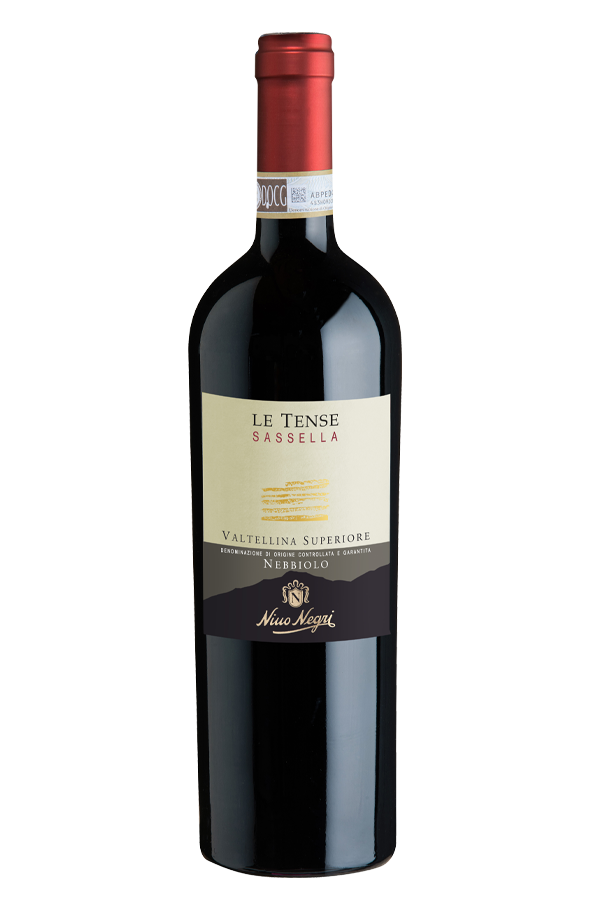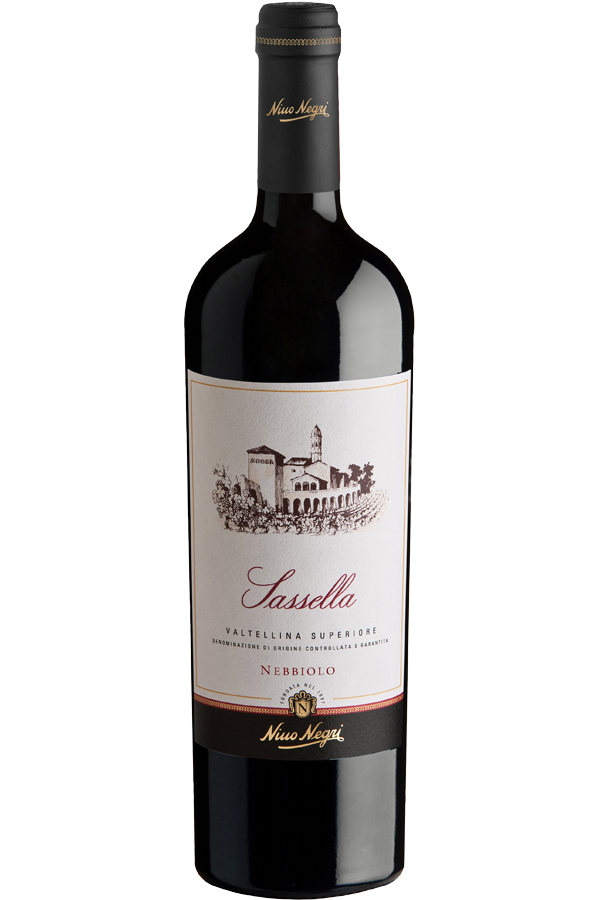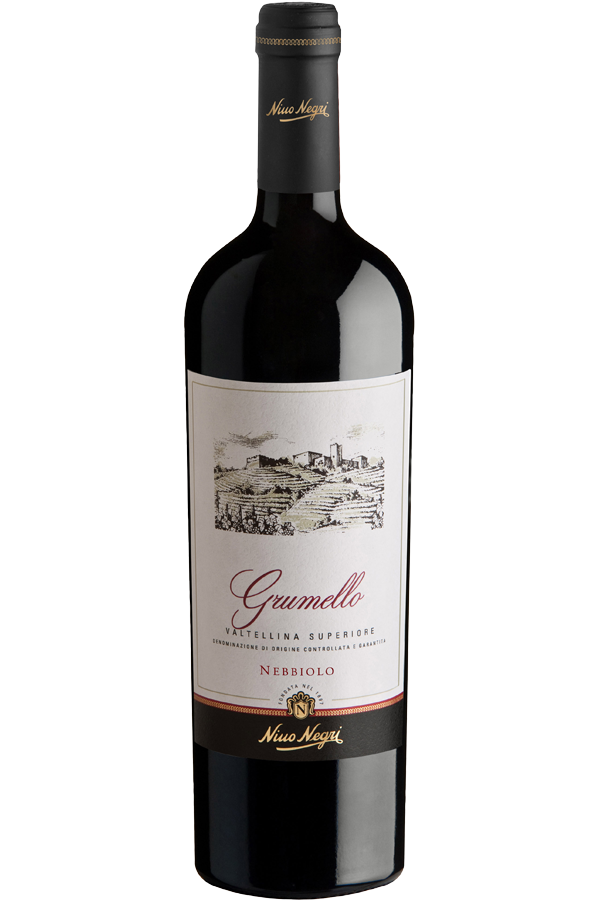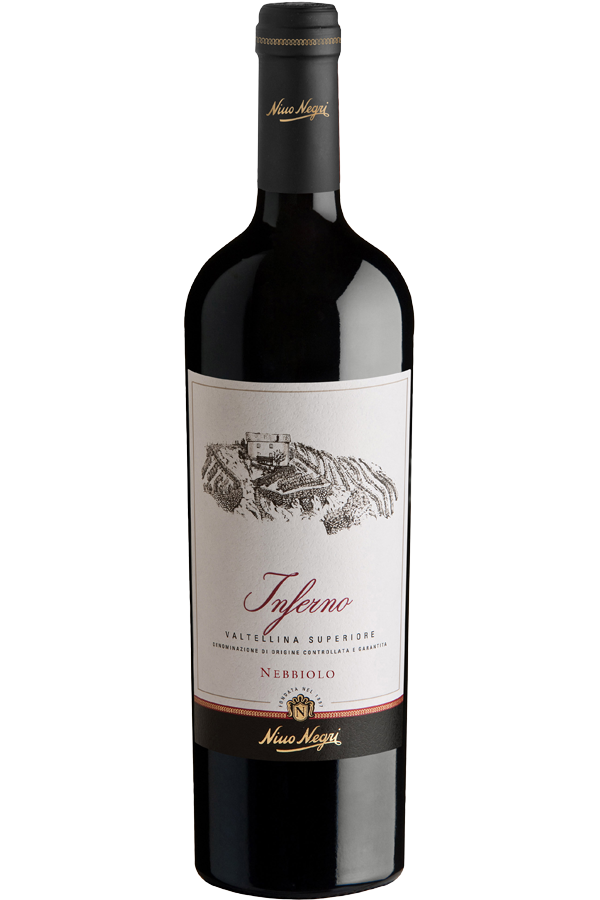
VALTELLINA
The Valtellina was born millions of years ago from a collision, the collision of the African and European plates.The effects of this collision are still before our eyes and under our feet today.
The effects are to be found in the vast number of subsoil varieties hidden away in the Valtellina. In the unique climate with its dramatic day-night temperature swings and in an unexpected contrast between the typical mountain cold and a Mediterranean atmosphere, a result of the intense brilliance of the sun due to the special west-east orientation of the valley, the southern aspect of the vines and the altitude at which they are situiated. In the shallow soil which forces the roots to extend into the parent rock, thereby absorbing the micro-elements which give the wines their typical minerality.
All the subtle distinctions of our zones are then transferred from the soil to the vines and from them to the Nebbiolo grape and finally to the glass in front of us.
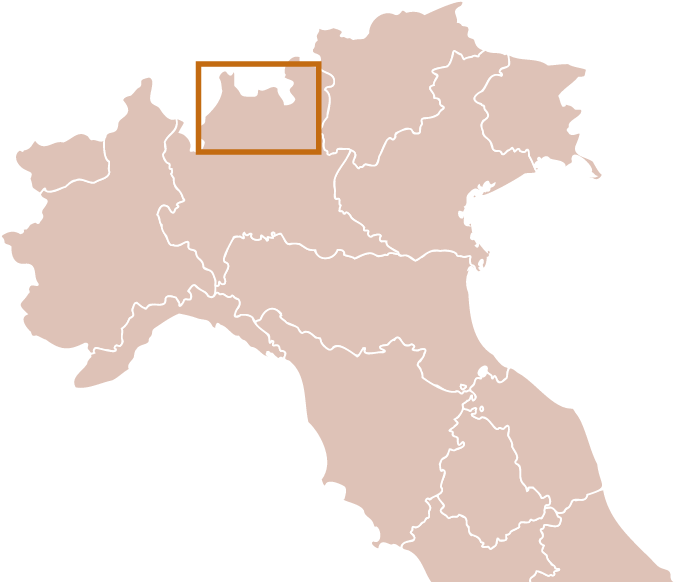
Five areas distinguished by their soil, landscape and micro-climate, and which leave an indelible mark on our wines.
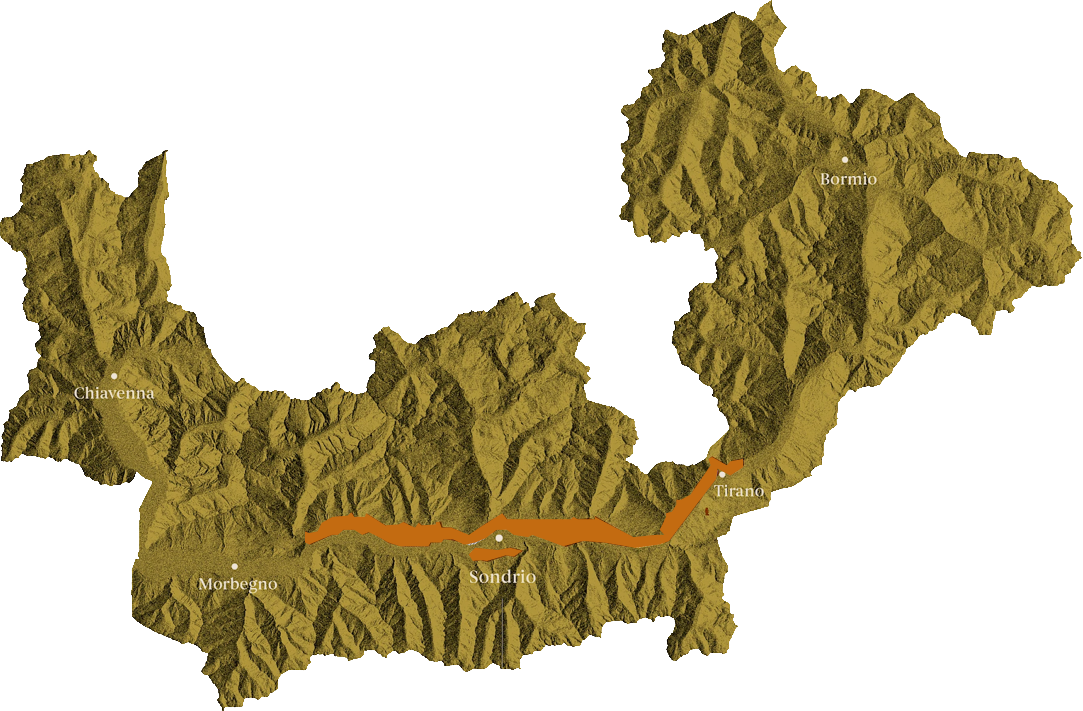


Five areas distinguished by their soil, landscape and micro-climate, and which leave an indelible mark on our wines.

ANCIENT SASSELLA
This is exactly where the cultivation of wines started in the Valtellina, a zone made up of rocks smoothed by the glacier which come to the surface to form natural terraces on which people worked to build dry stone walls many centuries ago. Sassella has two parts to it: the first, near to the Adda Valley, is exposed to the “Breva”, the wind coming from Lake Como; the second, stretching up to as far as the beginning of the Valmalenco, feels the effect of cool alpine breezes. The greater part of our Nebbiolo comes from the first part. The micro-climate here is the secret behind the thin and delicate skins of the grapes, their generous and elegant aromas and soft, velvety tannins.

GRUMELLO AS IN GRUMUS
“Grumus” in latin means hump, small hill, high ground, and is a fitting name for the two areas in this zone. The one in the south is a small hill eroded by the glaciers in the last ice age; The second, further north is a moraine from the side of a glacier and with sediments that fell from the above mountains. The wines from the first area are subtle and elegant , while the wines from the second area are richer and more mineral.

THE FAMOUS “INFERNO”
A name which immediately brings to mind its principal characteristics: the intense heat and the slope.The white rocks emerge from the ground, increasing the temperature, reflecting the sun’s rays during the day and releasing heat during the night.The steep slopes allow the sunlight to hit the ground almost perpendicularly thus increasing its strength. All of which translates into an extraordinarily intense ripening process for the Nebbiolo grapes.

The truth of it is that this isn’t a simple place to grow things. It requires sacrifice, effort and enormous passion. But the favour can also be returned. Here the vines grow on remarkable terrain, on the slopes of mountains, protected from the cold northern winds, exposed to the sun from sunrise to sunset. All of this within the 33 hectares of Nino Negri’s own vineyards, set in the finest zones, among them Grumello, Inferno and Fracia and in the vineyards of the more than 200 Valtellina families that Nino Negri have worked with for decades.
The relatively small area of vineyards alternating with woods, pastureland, apple orchards, olive groves and buckwheat meadows makes up part of a larger area which has always safeguarded biodiversity.

 TECHNICAL SHEET
TECHNICAL SHEET
On an isolated morainic hillock separated from the mountainside and eroded by ice over the course of centuries. The few centimetres of soil force the roots to extend into the parent rock lending great elegance and unique character to the wine.
 TECHNICAL SHEET
TECHNICAL SHEET
Little steep-sided valleys and sizeable rock faces and terracing supported by some of the highest dry-stone walls in Valtellina.The special colour of the rock tending towards a quartz-like white augments considerably the power of the sun leading to greater temperatures and light than in other parts of the valley so bringing out the fruitiness of the wine
 TECHNICAL SHEET
TECHNICAL SHEET
Situated at the convergence of alpine valleys with abundant glaciers and where cold breezes mean lower than average temperatures. Despite the climate, Mediterranean vegetation such as lavender and rosemary grows here naturally and their fragrances and spicy aromas are to be found in the flavoursome and floral wine.


Terracing is the defining characteristic of the area, along with sandy, loamy soil prone to dryness and shallow, only workable to a depth of between 40 and 120 cm and forcing the roots to lodge themselves directly in the underlying rock. This is why a multitude of drystone walls have been built to support the vine trunks and help them grow.
The terracing is also beneficial for biodiversity by providing an ideal home for insects and wild plants.
1 - “Drystone” method: the construction of these walls is based on one of the most ancient building techniques starting with the largest stones and leaving the spaces between the stones as they are, without filling them with earth, mud or clay.
2 - Small amount of soil retained by the walls
3 - Harvesting exclusively by hand
